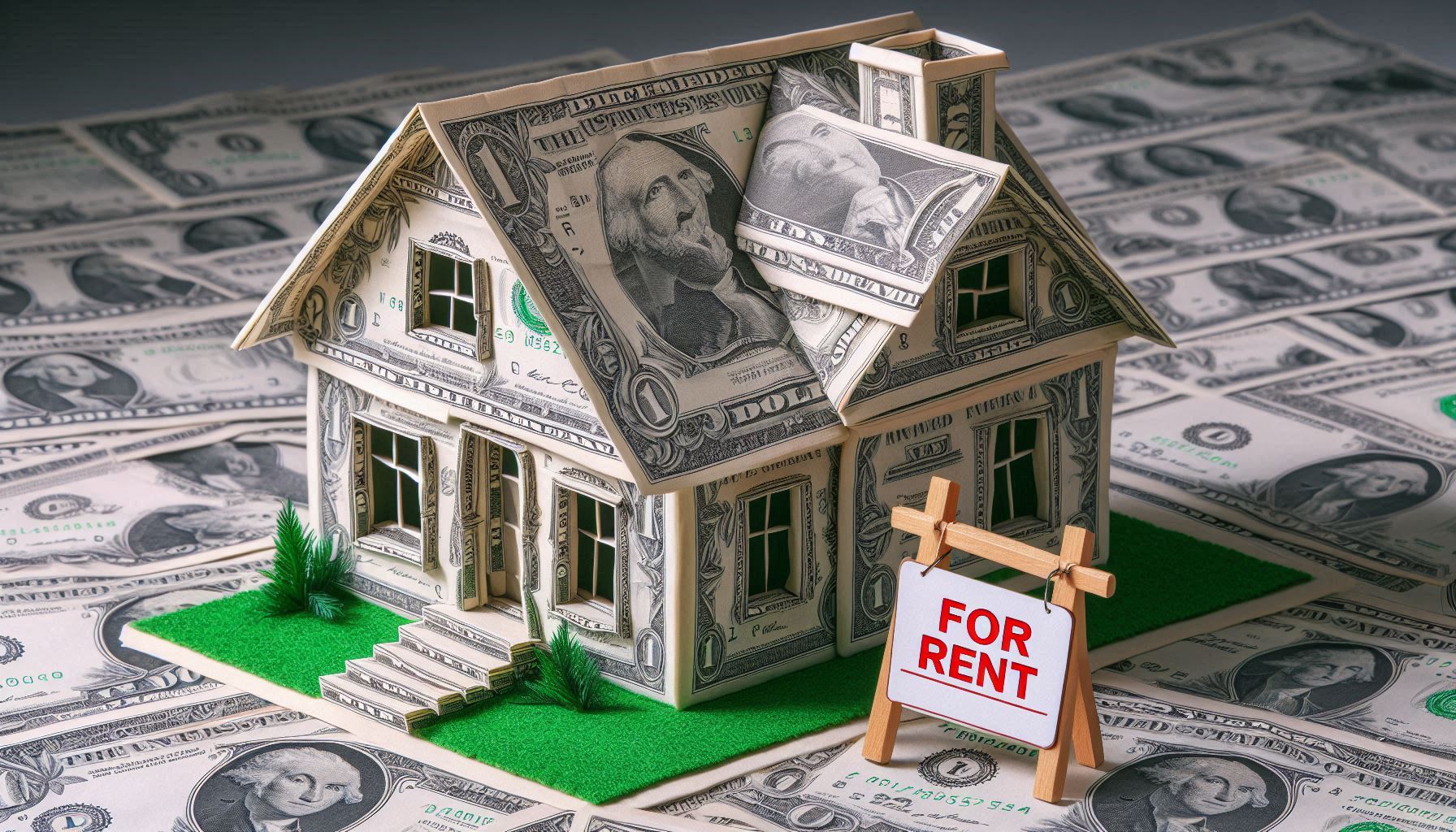Owning Rental Properties as Part of Your Retirement Financial Planning
 When it comes to planning for retirement, diversifying your investment strategy can make a significant difference in your financial future. One compelling option is investing in rental properties. By buying properties early, holding onto them while working, and then selling them in retirement, you can potentially build substantial wealth. Let’s explore how this strategy works, the benefits and downsides, and a concrete example to illustrate its potential impact.
When it comes to planning for retirement, diversifying your investment strategy can make a significant difference in your financial future. One compelling option is investing in rental properties. By buying properties early, holding onto them while working, and then selling them in retirement, you can potentially build substantial wealth. Let’s explore how this strategy works, the benefits and downsides, and a concrete example to illustrate its potential impact.
The Strategy: Buy, Hold, and Sell
1. Buy Early and Hold:
- Purchase Properties Early: By acquiring rental properties while you're still working, you can take advantage of your steady income to manage the initial purchase. Rental income can often cover mortgage payments, property taxes, and maintenance costs, making the investment potentially self-sustaining.
- Build Equity Over Time: As you make mortgage payments and the property value appreciates, you build equity. This equity grows as the mortgage balance decreases and property values increase.
2. Sell in Retirement:
- Profit from Appreciation: Once you retire, you can sell the properties and reinvest the profits. The idea is to capitalize on the appreciation of the properties over time.
- Reinvest the Proceeds: The profits from selling the properties can be used to invest in other assets or create a diversified retirement portfolio.
Upsides of Owning Rental Properties
- Self-Financing: Many rental properties can pay for themselves through rental income. This means the initial cost of the property can be covered by the rent you receive, reducing the financial burden on you.
- Potential for Appreciation: Real estate often appreciates over time. It’s not uncommon for property values to double over a couple of decades, significantly increasing your return on investment.
- Income While Holding: Rental properties provide ongoing income. This can be a steady source of cash flow that helps cover living expenses or reinvestment.
Downsides of Owning Rental Properties
- Management Responsibilities: Owning rental properties involves managing tenants, handling repairs, and dealing with property taxes. This can be time-consuming and sometimes stressful.
- Capital Gains Tax: When you sell a rental property, you may be subject to capital gains tax. This tax applies to the profit you make from the sale, which can reduce your overall return.
Risks to Consider
- Unexpected Costs: Significant issues with the property, such as major repairs or damage, can lead to unforeseen expenses. These costs can erode your profits and require careful management.
- Equity Does Not Build: There’s no guarantee that property values will increase. Economic downturns or local market conditions can impact the equity you build in the property.
Concrete Example
Let’s break down a concrete example to illustrate how this strategy works:
- Purchase Price: $200,000
- Mortgage Payments: $50,000
- Mortgage Balance at Sale: $150,000
- Rental Income: Covers mortgage payments, taxes, and maintenance
- Sale Price (Retirement): $400,000
- Profit Before Capital Gains Tax: $400,000 - $150,000 = $250,000
In this example, you originally bought the property for $200,000 and, after paying off $50,000 of the mortgage, you sell it for $400,000. The profit before capital gains tax is $250,000. After accounting for capital gains tax, which varies based on your country and tax bracket, you should end up with over $200,000 in profit.
Tax Implications in Canada and the USA
- Canada: In Canada, only 50% of the capital gains from the sale of investment properties are taxable. This means if you made a $250,000 profit, $125,000 would be subject to capital gains tax, which is added to your income for the year.
- USA: In the USA, capital gains tax rates can vary based on your income and how long you held the property. Long-term capital gains (for properties held over a year) are taxed at favorable rates, ranging from 0% to 20%, depending on your income level.
Final Thoughts
Owning rental properties as part of your retirement planning can be a profitable strategy, offering both income and appreciation potential. However, it’s crucial to weigh the upsides against the downsides and manage the associated risks. Proper planning and management are key to making this strategy work effectively.
By purchasing properties early, managing them wisely, and selling them strategically in retirement, you can potentially enjoy a significant boost to your retirement finances.
Ready to plan your retirement effectively? Use Retirementize to explore how rental properties can fit into your retirement strategy and optimize your financial future today!
